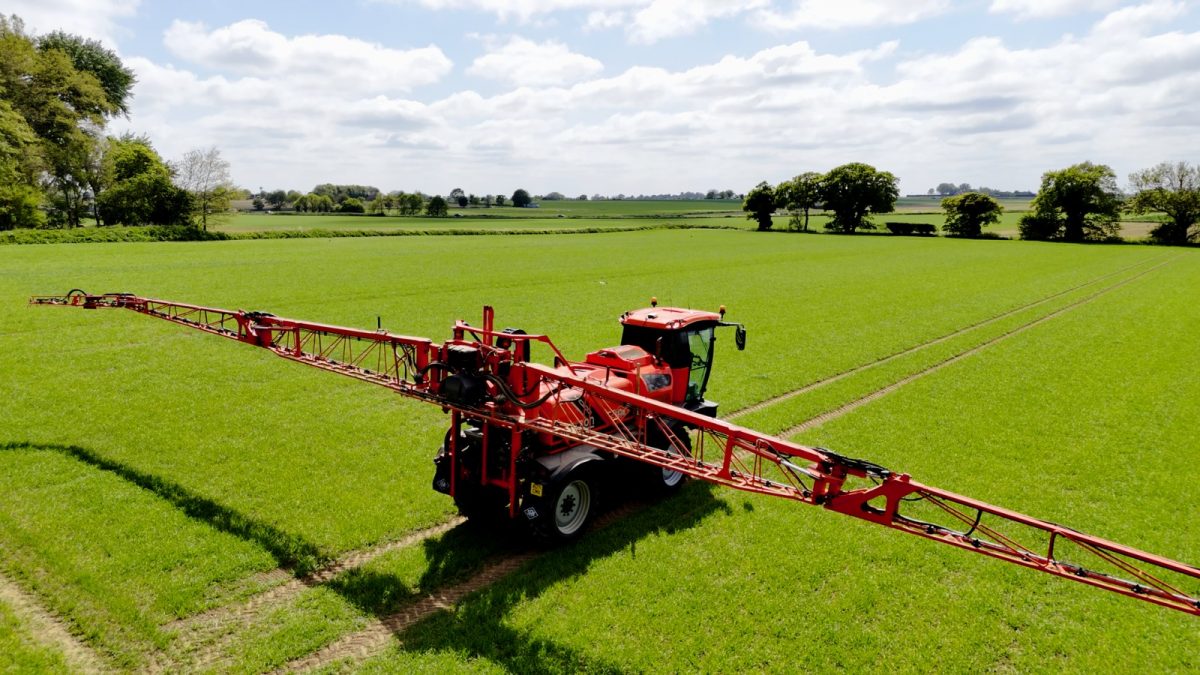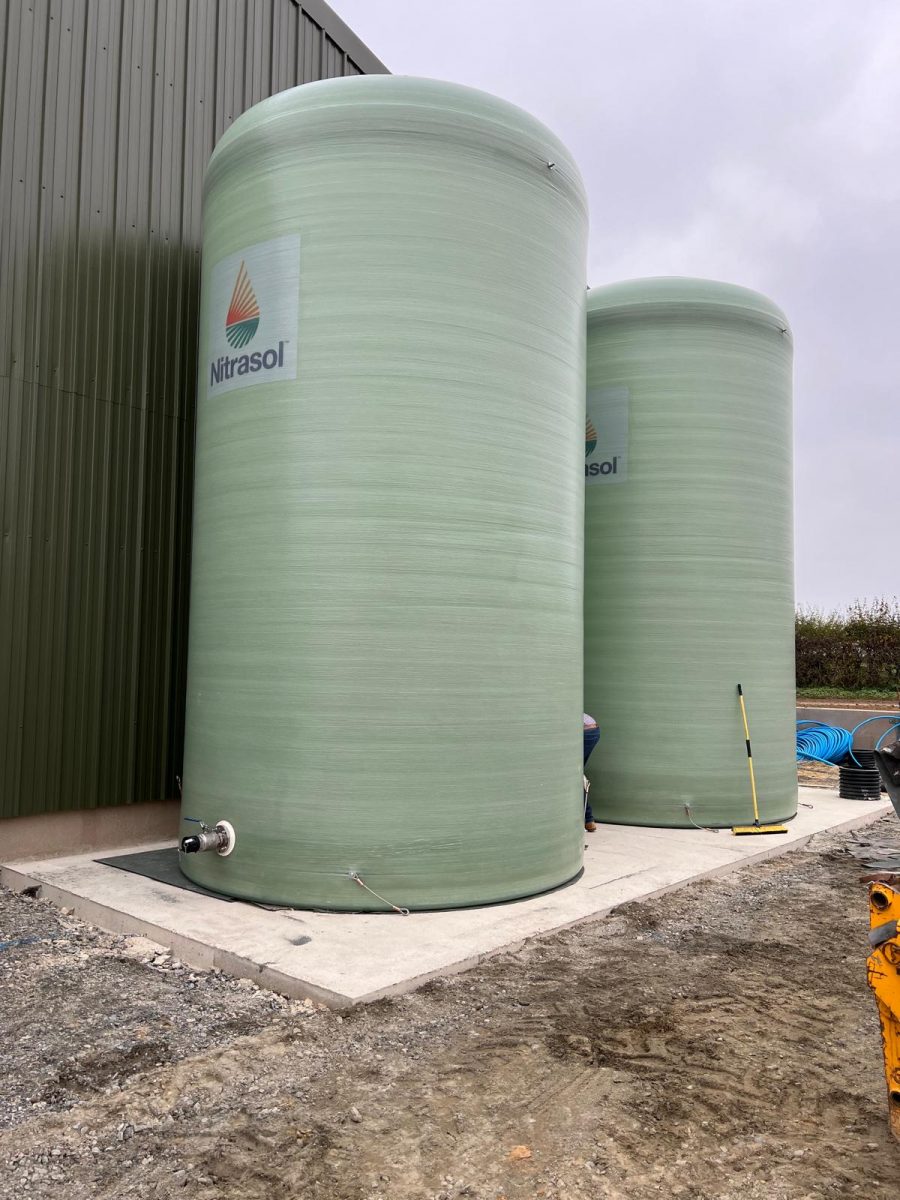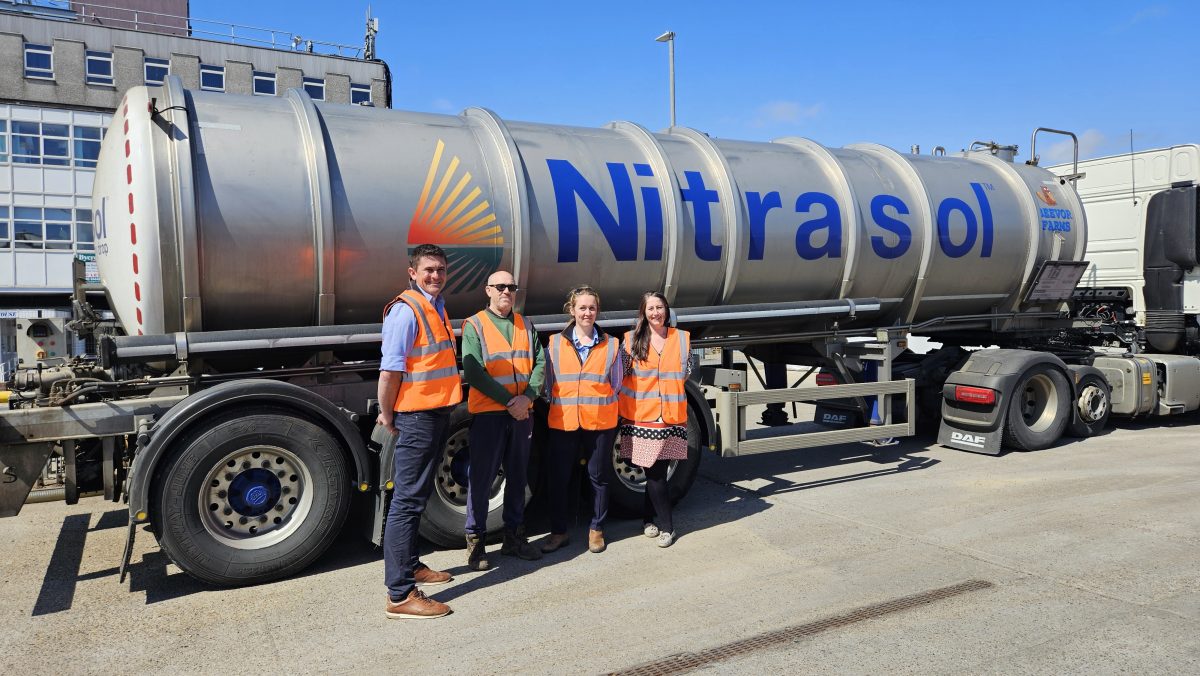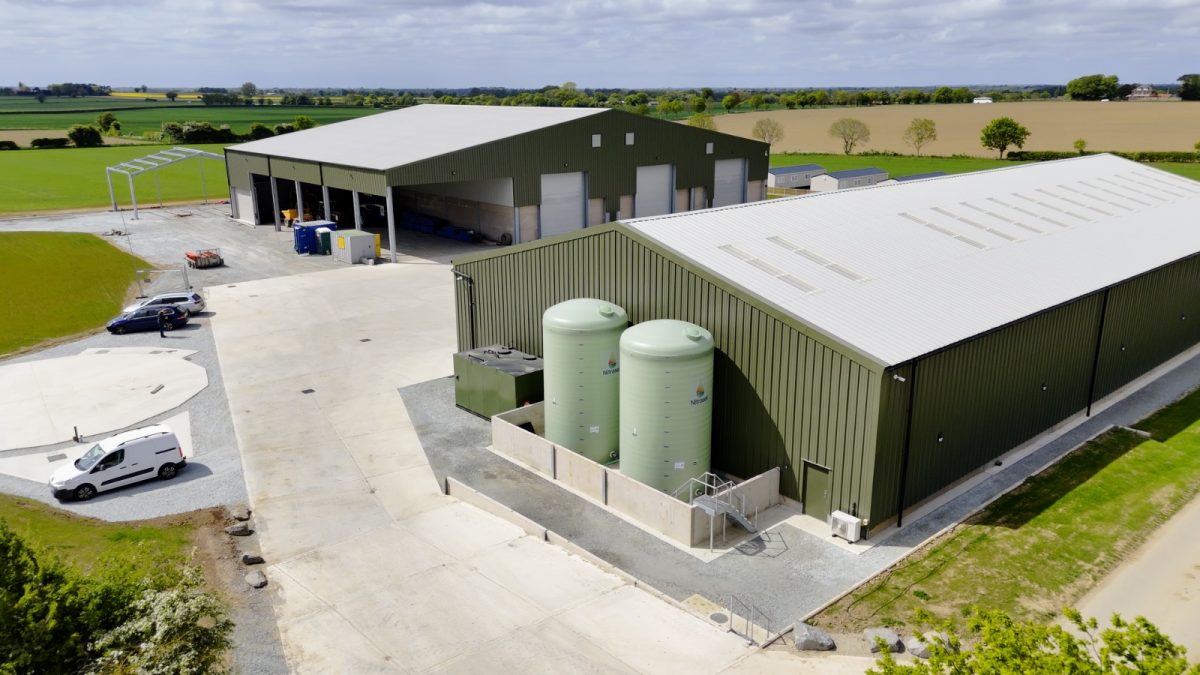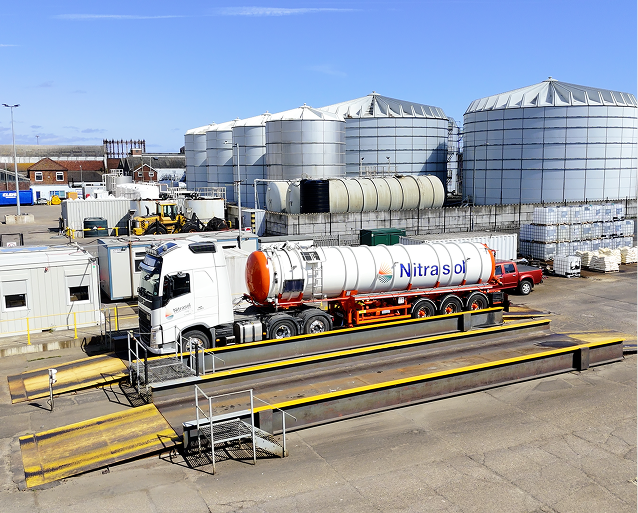As autumn approaches, many UK growers turn their attention to preparing fields for the next season. One step that’s often overlooked, but has a significant impact, is applying fertiliser in the autumn.
If you’re using liquid fertiliser, autumn is not just a good time – it can be the time to build soil health, support root development, and set your crops up for a resilient start next season – provided you stay compliant with regulations.
Navigating Rules and NVZ Restrictions
Nitrogen applications are regulated to protect water quality, especially in Nitrate Vulnerable Zones (NVZs). These rules include:
- Closed periods for high-available-nitrogen fertilisers (e.g. ammonium nitrate, urea, many liquid blends).
- Specific limits on total nitrogen applications per crop type and per hectare.
- Requirement to match application rates to crop need, based on soil testing and nutrient management planning.
For most arable crops, nitrogen applications in autumn are only permitted if there’s a demonstrable crop need (e.g. winter oilseed rape establishment).
Phosphate, potash, and sulphur can generally be applied outside these restrictions.
Tip: Always refer to Defra’s Farming Rules for Water and your NVZ map before applying any fertiliser in autumn.
Root Development Before Winter
Autumn-applied nutrients help winter-sown crops channel energy into root growth rather than foliage. Even as above-ground growth slows, roots remain active in cooler soils. This stronger underground network allows plants to access water and nutrients more efficiently in spring.
Liquid fertiliser advantage: Liquid formulations deliver nutrients in a readily available form, allowing rapid uptake in the short autumn growth window.
Improved Winter Hardiness
Nutrients like potassium and phosphorus enhance cell structure and sugar storage in plants – critical for frost tolerance. A well-fed plant going into winter is more likely to survive stress and bounce back in spring.
Liquid fertiliser advantage: Precise application ensures plants receive exactly what they need – no more, no less – helping to avoid nutrient wastage.
Balancing Nitrogen and Sulphur for Maximum Efficiency
In UK soils, sulphur deficiency has become more common since industrial sulphur emissions declined. Without enough sulphur, nitrogen use efficiency drops, limiting growth and protein formation.
In autumn, applying a balanced nitrogen–sulphur mix – where permitted – ensures:
- Better nitrogen use efficiency – reducing nitrate leaching risk over winter.
- Improved overwintering – sulphur supports chlorophyll and carbohydrate storage.
- Enhanced spring vigour – crops start the season with the building blocks for rapid early growth.
Liquid fertiliser advantage: Blends can be tailored to the correct ratios for your soil and crop requirements at NVZ-compliant nitrogen rates, ensuring both nutrients are available without exceeding legal limits.
Maximising Residual Moisture
Autumn rains help move liquid fertiliser into the root zone without the risk of evaporation loss more common in spring applications. This natural “watering in” ensures nutrients are well-placed for uptake before soil temperatures drop below active growth thresholds
Liquid fertiliser advantage: Because liquid blends dissolve instantly, they integrate seamlessly with soil moisture, speeding nutrient movement and availability.
Reduced Spring Bottlenecks
Spring can be a race against the clock – planting, spraying, and fertilising all competing for your attention. By applying a portion of your nutrient plan in autumn, you ease the workload and give early crops a head start.
Liquid fertiliser advantage: Storage and application are flexible – you can buy and apply in autumn, then store remaining product for targeted spring top-ups.
Better Purchasing Opportunities
Fertiliser prices can be volatile. Securing liquid fertiliser in autumn can help you avoid spring price spikes and give more flexibility to time applications within open periods.
Key Takeaways for Your Autumn Nitrogen Strategy
- Soil test first to tailor nutrient application to your field’s needs.
- Check NVZ maps and closed period dates before planning nitrogen applications.
- Focus on phosphorus and potassium for root and cold tolerance.
- Balance nitrogen and sulphur for optimal nitrogen uptake and spring growth.
- Use liquid fertiliser for rapid nutrient availability and precision placement.
- Keep detailed nutrient management records for compliance and traceability.
- Apply before soils become waterlogged or frozen to avoid run-off and leaching.
A strategic, regulation-compliant autumn fertiliser programme – especially with liquid formulations – can make all the difference between an average crop and an exceptional one, while protecting the environment and keeping your farm within UK legal requirements. and operational benefits. Align your fertiliser strategy with your crop needs for optimal results throughout the season.
Are you looking to implement your autumn nitrogen strategy? Contact Nitrasol today to get started.


